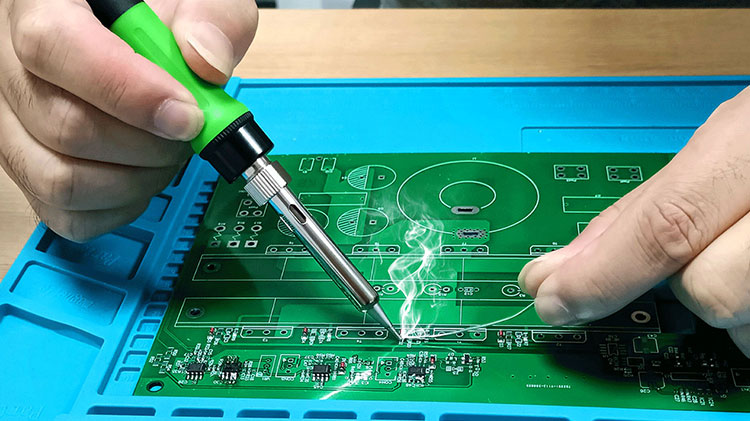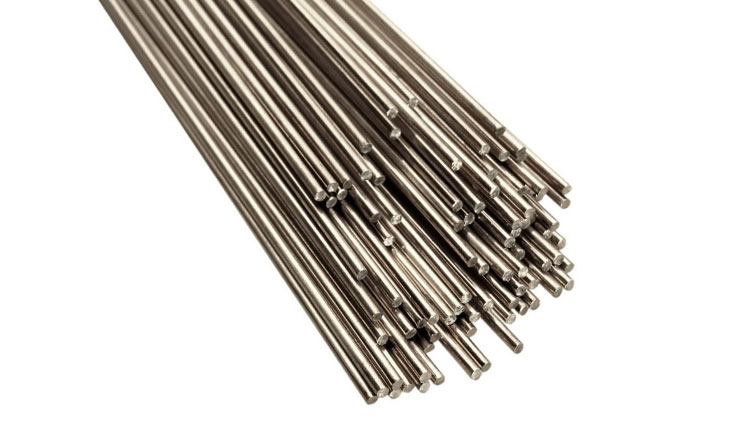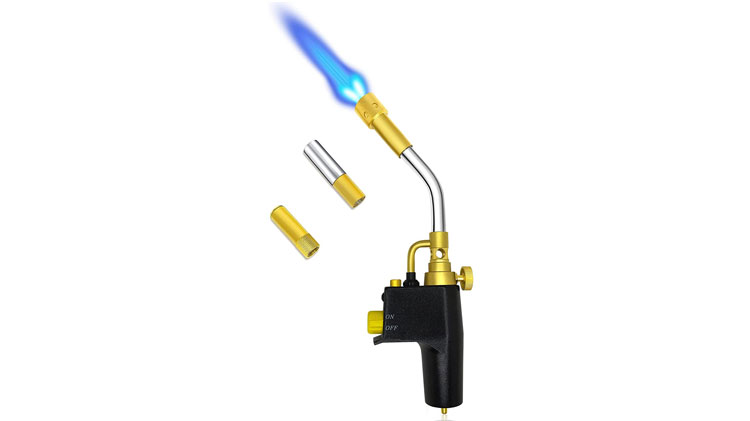There are several different types of soldering, each with its unique characteristics and applications. The three main types of soldering are soft soldering, hard soldering, and brazing.
Soft soldering is the most common type, and it is used in a wide range of applications. In soft soldering, the metal surfaces are heated to a temperature below the melting point of the filler metal, and a low-melting-point alloy, such as tin-lead or tin-silver, is applied to the joint in a liquid form. The heat from the soldering iron melts the filler metal, and it flows into the joint, creating a strong and durable bond.

One of the main advantages of soft soldering is that it is relatively easy and inexpensive to perform and does not require specialized tools or equipment. It is also a relatively low-temperature process, so it does not cause damage to the base metal or surrounding components. Because of these advantages, soft soldering is commonly used in electronics and electrical work, as well as in metalwork and jewelry making.
Hard soldering, also known as silver soldering or silver brazing, is a type of soldering that uses a higher temperature and a higher-melting-point filler metal. In hard soldering, the metal surfaces are heated to a temperature above the melting point of the filler metal, and a high-melting-point alloy, such as silver or copper, is applied to the joint in a liquid form. The heat from the soldering iron melts the filler metal, and it flows into the joint, creating a strong and durable bond.

One of the main advantages of hard soldering is that it creates a stronger and more durable bond than soft soldering. The higher temperature and the higher-melting-point filler metal allow the joint to be as strong and durable as the base metal. Because of this, hard soldering is often used in applications where a strong and durable bond is required, such as in the automotive and aerospace industries.
Brazing is another soldering type similar to hard soldering, but it uses a higher temperature and a different type of filler metal. In brazing, the metal surfaces are heated to a temperature above the melting point of the filler metal, and a high-melting-point alloy, such as brass or bronze, is applied to the joint in a liquid form. The heat from the soldering iron melts the filler metal, and it flows into the joint, creating a strong and durable bond.

One of the main advantages of brazing is that it allows for the use of a wide range of filler metals, which can be tailored to the specific needs and requirements of the application. Because of this, brazing is often used in applications where a specific type of filler metal is required, such as in the plumbing and HVAC industries.
In short, the three main types of soldering are soft soldering, hard soldering, and brazing. Each soldering type has its unique characteristics and applications, and the right type of soldering depends on the job's specific needs and requirements. Soft soldering is the most common type, and it is used in a wide range of applications where a strong and durable bond is not required. Hard soldering and brazing are similar techniques using higher temperatures and melting-point filler metals. They are often used in applications where a strong and durable bond is critical. By understanding the differences between the different types of soldering and choosing the right type for the job, you can create strong and durable joints that meet your specific needs and requirements.
Another important factor to consider when choosing the right type of soldering for a job is the type of metal being joined. Different types of metals have different melting points and require different filler metals, so it is important to choose the right type of soldering for the specific metals being joined.
For example, soft soldering is often used to join copper and copper alloys, such as brass and bronze, because the low-melting-point filler metals used in soft soldering do not cause damage to these metals. On the other hand, hard soldering and brazing are often used to join steel and other ferrous metals because the higher-melting-point filler metals used in these techniques create strong and durable bonds with these metals.
In addition to the type of metal being joined, it is also important to consider the joint being created. Different types of joints require different soldering, and choosing the right type of soldering for the specific joint being created is critical to the project's success.
For example, a lap joint, in which two pieces of metal are overlapped and joined together, is often joined using soft soldering because the low-melting-point filler metal used in soft soldering flows easily into the joint and creates a strong and durable bond. A butt joint, on the other hand, in which two pieces of metal are butted together and joined, is often joined using hard soldering or brazing because the higher-melting-point filler metal used in these techniques creates a stronger and more durable bond than soft soldering.
In conclusion, when choosing the right type of soldering for a job, it is important to consider the type of metal being joined, the joint being created, and the specific needs and requirements of the project. By understanding the differences between the different types of soldering and choosing the right type for the job, you can create strong and durable joints that meet your specific needs and requirements.
Contact: Mr. Li
Phone: (0086) 138 24254 321
E-mail: atetool@atetool.com.cn
Add: 5F, 1-2# Building, Tongfuyu Industrial Zone, Aiqun Rd, Shiyan Subdistrict, Bao'an, Shenzhen, 518108, China